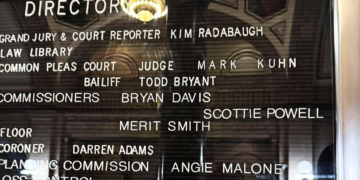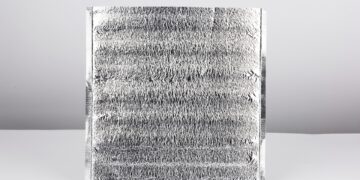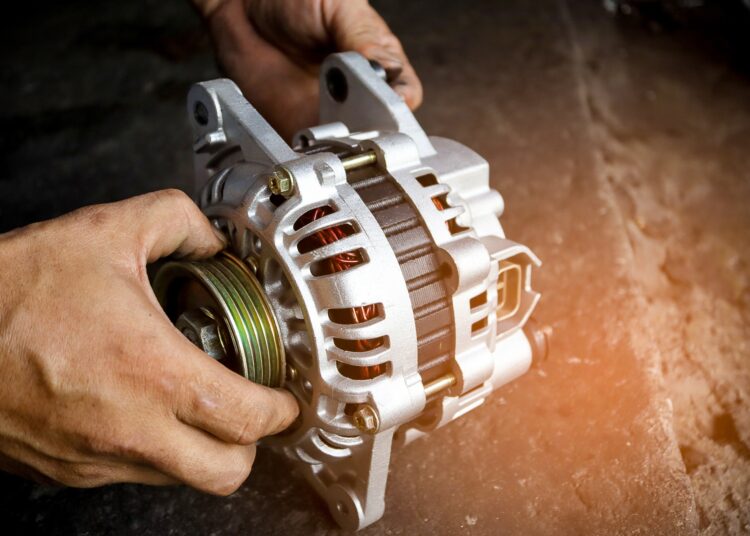Ever wondered what makes your car actually work? Sure, you’ve got the engine, the transmission, and all those moving parts. But there’s one material quietly doing the heavy lifting behind the scenes that most people never think about.
Common automotive applications for copper might not sound like the most expansive topic, but copper is literally everywhere in your vehicle. From the moment you turn the key to the complex safety systems that protect you on the road, this reddish-brown metal is working overtime to keep everything running smoothly.
Let’s take a look at exactly where copper shows up in your car and why it’s so crucial to modern driving. You might be surprised by just how much your daily commute depends on this versatile metal.
Starting the Car
Think about what happens when you turn your car’s ignition. You’re not just flipping a switch—you’re triggering a complex electrical dance that brings your engine to life.
The starter motor is where copper really shines. This motor needs a massive burst of electrical power to crank your engine, and copper wiring makes it all possible.
The thick copper cables can handle the high current flow without overheating or losing power along the way.
But that’s not all. The starter solenoid, which acts like a heavy-duty electrical switch, also relies on copper windings.
When you turn the key, this solenoid uses copper coils to create a magnetic field that connects your battery to the starter motor.
Charging the Battery
Another incredibly common automotive application for copper is in the battery.
Once your engine is running, your car needs to keep the battery charged for the next start. That’s where the alternator comes in, and you guessed it—copper plays a starring role here too.
The alternator is basically a generator that converts the mechanical energy from your running engine into electrical energy.
Inside, you’ll find copper windings in both the stator and rotor components. These copper coils work together to produce the alternating current that eventually becomes the direct current your battery needs.
Poor-quality copper or damaged windings in your alternator can lead to charging problems. You might notice dimming headlights, a dead battery, or warning lights on your dashboard.
Powering Electronics
Modern cars are basically computers on wheels. From your infotainment system to your GPS navigation, there’s a lot of electronic wizardry happening under the hood and throughout your vehicle.
Copper wiring connects all these systems together in what’s called a wiring harness.
This network of copper cables carries power and data signals to everything from your radio to your air conditioning controls. The wiring needs to be reliable because a single loose connection can knock out multiple systems.
Plus, copper alloy is among the most common materials in automotive connectors due to its electrical conductivity.
Even your car’s computer systems—and yes, your car probably has several of them—communicate through copper wiring. These control modules manage everything from fuel injection timing to transmission shifting, and they’re all connected via copper data cables.
Keeping a Closer Eye on Your Ride
Use your new understanding of these systems to make better decisions about car maintenance and repairs. If you’re having electrical issues, there’s a good chance copper wiring or components are directly involved.
Regular inspections of your car’s electrical systems can catch problems before they leave you stranded.

















































































